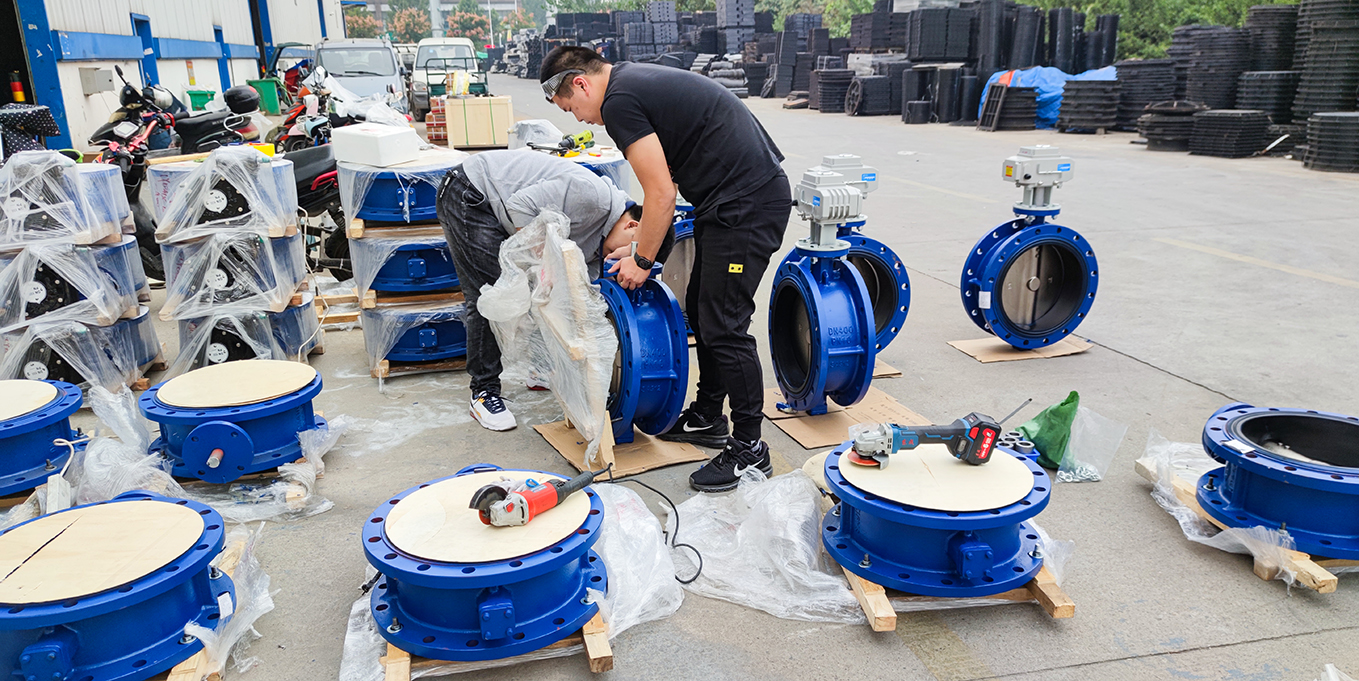1. Pay attention to the storage environment of the valve. It should be stored in a dry and ventilated room, and both ends of the passage should be blocked.
2. The valve should be inspected regularly, the dirt on it should be removed, and anti-rust oil should be applied to its surface.
3. The valve after installation and application should be overhauled regularly to ensure its normal operation.
4. Check whether the valve sealing surface is worn or not, and repair or replace it according to the situation.
5. Check the wear of the trapezoidal thread of the valve stem and the valve stem nut, whether the packing is out of date and invalid, etc., and replace it if necessary.
6. The sealing performance of the valve should be tested to ensure its performance.
7. The valve in operation should be intact, the bolts on the flange and the bracket are complete, the threads are not damaged, and there is no looseness.
8. If the handwheel is lost, it should be prepared in time and cannot be replaced with an adjustable wrench.
9. The packing gland is not allowed to be skewed or without pre-tightening gap.
10. If the valve is used in a harsh environment and is easily contaminated by rain, snow, dust, sand and other dirt, a protective cover should be installed for the valve stem.
11. The ruler on the valve should be complete, accurate and clear, and the valve should be sealed and capped.
12. The insulation jacket should be free of dents and cracks.
13. Avoid knocking on the valve during operation, or supporting heavy objects.
